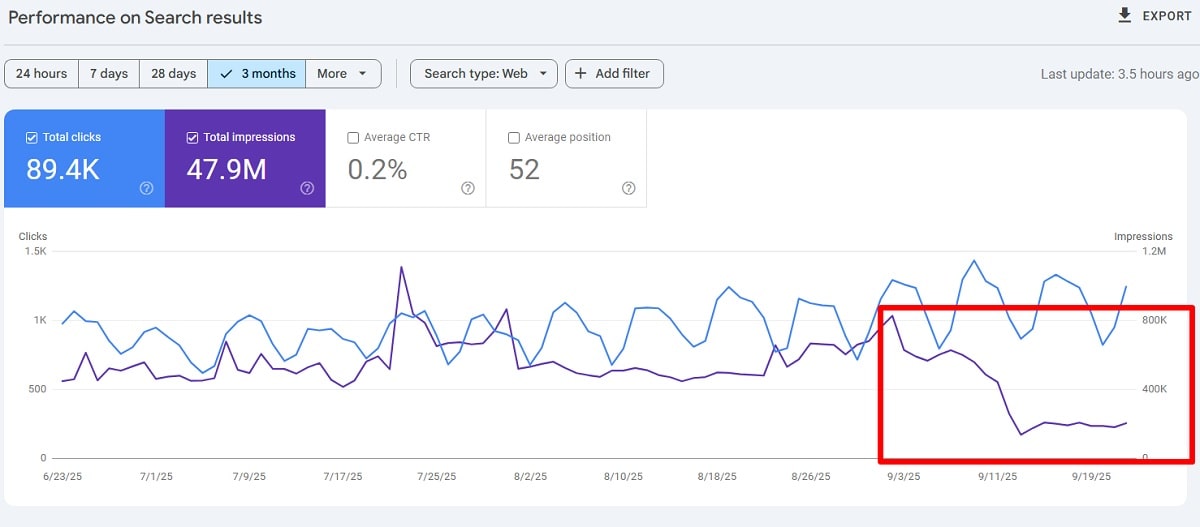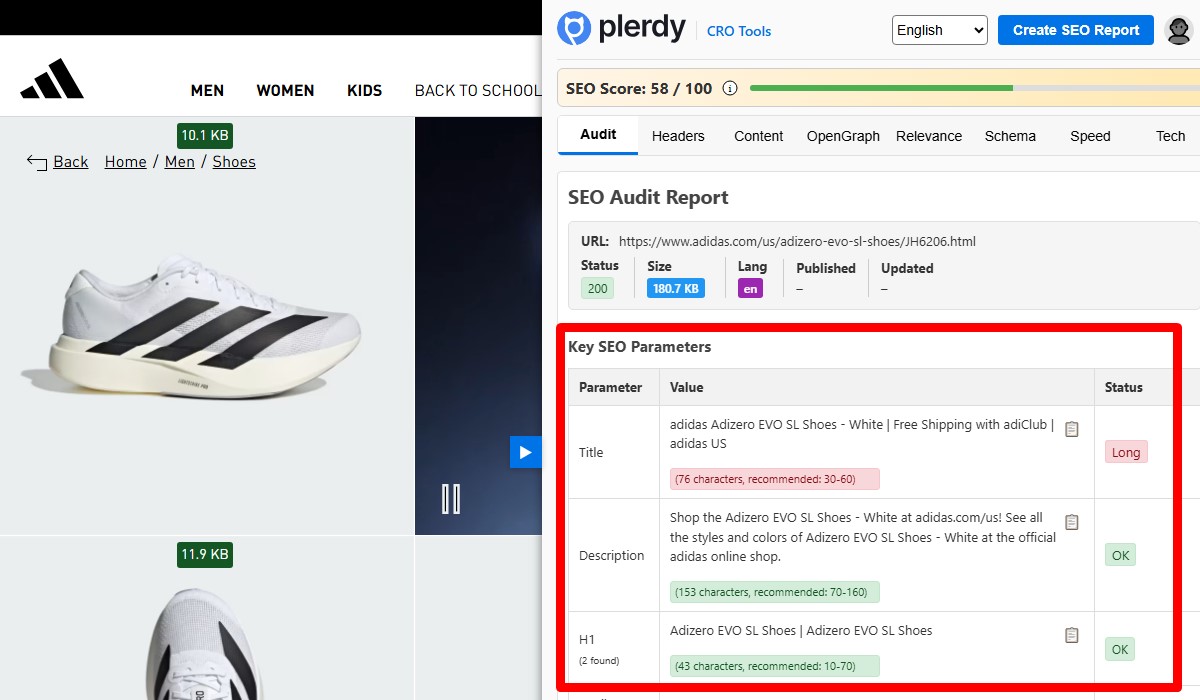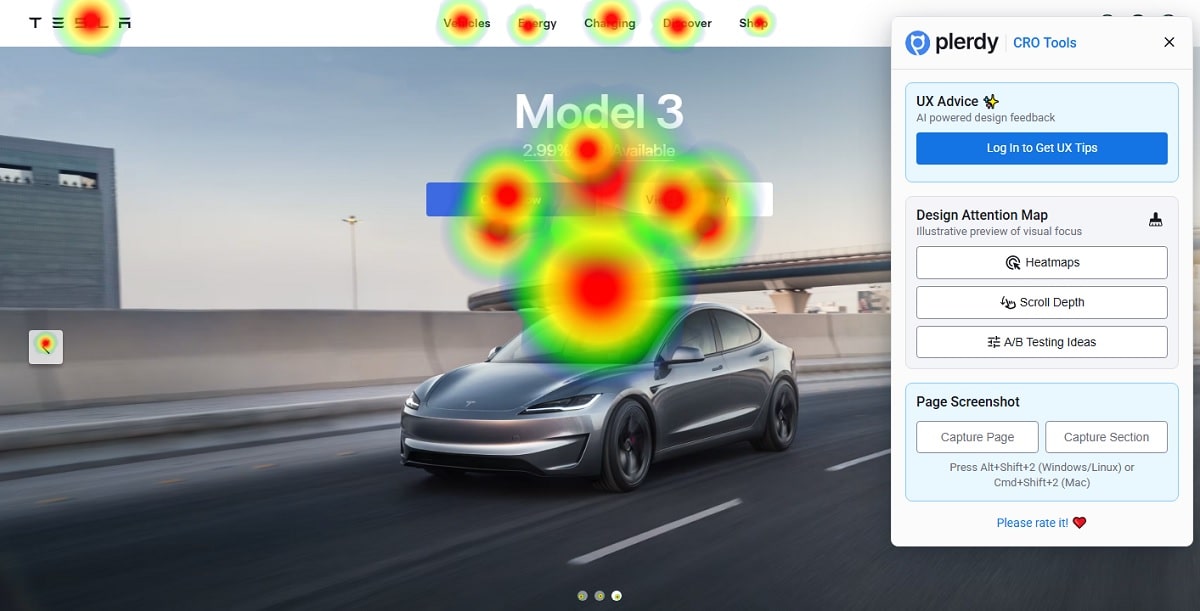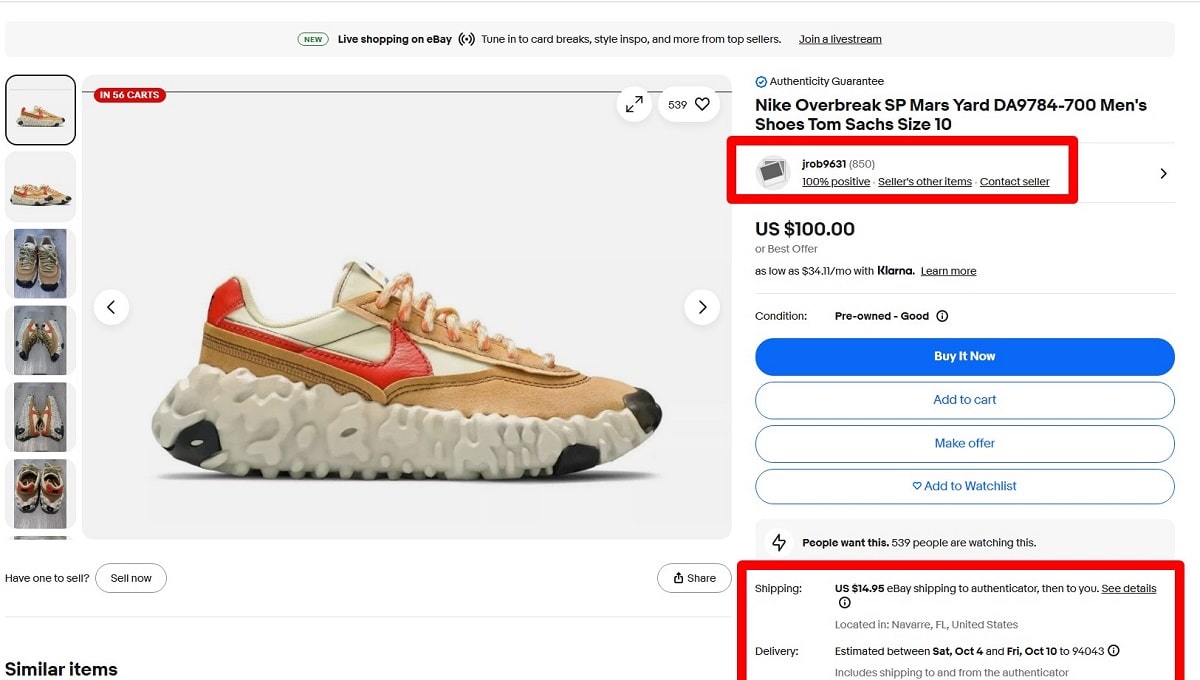Your traffic dipped and your Slack went spicy? Same here. In September, after Google wrapped the August spam update on September 22, many of us felt a fresh Google core shuffle—recalibration, not punishment. This one-week plan keeps you calm: we diagnose, prioritize, and fix without chaos or coffee-over-keyboard panic. A core update is not a ticket; it’s Google re-weighting what matters.
- Day 1 sanity check: Search Console + GA4, quick
- Fast scan: Plerdy SEO Analyzer, Ahrefs, Semrush
- Above-the-fold reality: Plerdy UX & Usability Testing
Bottom line: recover with better content, cleaner tech, steadier UX—then the update stops hurting.
What Changed in September: Core vs. Spam, and Why it Matters
You felt it in charts, I felt it too. In late September, Google finished the August spam update (Sept 22), and then a fresh core recalibration rolled in. Two different animals, one messy week. A core update shifts how Google values signals across the whole index; a spam update hunts manipulation. That’s why your blog drops 18%, while your product pages stay flat, and your competitor in news surges 12%. Different intent, different risk. Read the dates, breathe, and compare segments. Your job now is simple: understand which update touched you, then respond with focus—not panic. Use Search Console for patterns, Ahrefs or Semrush for SERP context, and keep a notebook. Google will do another update; you need a repeatable system.
Core Updates — How they Work
Think of a core update as Google moving weights on the scale, not throwing manual penalties. Signals shift: intent match, depth, freshness, E-E-A-T. You see it in metrics: stable crawl, no manual action, but ranking and CTR change across clusters. One group of pages drops, another holds. Google tests, then settles. Your task: map winners vs losers, spot common traits (query types, word count, internal links), and improve relevance. Treat the update as feedback, not drama. Two checkpoints: did the snippet answer the query fast, and did the page deliver proof?
Spam Updates — What they Target
A spam update goes after manipulation: doorway schemes, expired-domain farming, parasite SEO, site reputation abuse. Google pushes this update to protect users and brands, not to scare you. If your content relies on borrowed authority from a giant domain, or you host low-trust subcontent for quick cash, risk is high. Example: scraped “coupon” hubs on reputable blogs; AI-spun product hubs on a university subdomain. If that rings a bell—pivot fast, clean fast, re-earn trust.
- Doorway or jump pages that trap the query, then send elsewhere
- “Rent-a-subfolder” or subdomain with thin affiliate content
- Expired domains reused to rank non-related topics
- Automated rewrites with zero source credit and fake bylines
How to Read the Google Search Status Dashboard (and not Confuse a Bug With an Update)

You open charts and your heart goes boom—was it a Google bug or a Google update? Breathe. The dashboard tells the story, not your panic. Many drops are noise (±5–10%), or tracking drama. Before you touch anything, confirm the date of the update and match it to your own data windows. If numbers move only on weekends or only on one country, that’s not a universal update. That’s a quirk. Your goal: separate real Google update impact from normal chaos.
- Dashboard → find Ranking events
- Dates → copy exact start/end of the update
- GSC → filter by country, device, query buckets
- GA4 → segment by landing page group and compare week over week
Where to Find Updates and Incidents
Open the Google Search Status Dashboard, switch to “Ranking,” then “History.” Every update has a card: start date, end date, short reason. Click through for details. Add those dates into a small sheet—yes, old-school—and mark your spikes and dips. Cross-check with Google’s own posts, plus Ahrefs or Semrush volatility. If the update window doesn’t overlap your drop, no action today. Remember: a Google update explains broad shifts; a site bug explains sudden zeros. Different problems, different fixes.
How to Match Dates With your Graphs (GSC + GA4)
In Google Search Console, filter by date = update window, compare previous period, and split by branded vs non-branded queries. If only branded fell 6%, not a ranking story—check marketing. In GA4, build segments by landing page type (blog, product, docs) and country. A true update usually hits clusters, not one random URL. If mobile is down 12% but desktop is flat, review templates and CWV. Write notes. Screenshots. No hero moves until the pattern is real.
7-Day Recovery Framework: From Diagnosis to First Wins

Day 1 — Verify the Impact
You don’t fix shadows—you fix facts. Match Google update dates, split traffic by intent, and check if the hit is site-wide or just one cluster. No drama, just math.
- Copy the Google update window from the Dashboard
- Compare branded vs non-branded in GSC
- Break by country/device; weekend vs weekday
- Note % change per page group (aim: spot ≥10%)
Day 2 — Technical Scan
Now we hunt leaks. Fast crawl, Core Web Vitals, and instant page checks. Open Plerdy SEO Analyzer for titles, descriptions, indexing, and quick errors. Cross-verify with Screaming Frog or Semrush so Google sees a clean ship.
- Fix broken canonicals and noindex ghosts
- Trim slow JS/CSS; improve LCP/INP
- Repair internal links; surface priority URLs
Day 3 — UX/Intent & SERP Click-Through

If Google sends the query but users bounce, the update only finishes the job. Use Plerdy UX & Usability Testing (AI heat map + scroll depth) to test CTA visibility and above-the-fold. Target +3–5% CTR on top pages.
Day 4–7 — Prioritize and Ship Fast
Pick 10–15 URLs with biggest upside. Add missing sections, evidence, and clearer headings; address intent gaps; refresh snippets; strengthen E-E-A-T; weave smarter internal links. Re-measure against the Google update window, then queue the next mini-batch.
Practical Post-Update Analysis Template (Copy–Paste)

You need one card per URL. Short, brutal, honest. If Google just ran an update and your chart screams, this keeps your brain cool and your hands busy.
- URL → exact address you test
- Symptom → what moved (±%, date)
- Diagnosis → why it moved
- Actions → 3–5 concrete fixes
- Owner → who ships it
- Deadline → by when (14 days)
Before/After Metrics
Compare periods that match the Google update window. Track: average position, CTR, clicks, time on page, scroll depth (from Plerdy UX & Usability Testing), and conversions. Add device and country splits. A clean table tells you the truth fast. Tip: park Ahrefs/Semrush volatility next to Google data for extra context.
Diagnosis
Write the cause, not poetry: “intent mismatch,” “thin content,” “low CTA visibility,” “slow LCP,” “suspicious patterns spam-ish.” If the drop aligns 100% with the Google update dates and hits a whole cluster, call it algorithmic. If it’s random URLs or 0 traffic overnight, hunt bugs.
Actions (14 days)
Ship fixes you can measure: expand sections to meet intent, add proof blocks, improve headings/snippets, speed up media, strengthen internal links, and refresh E-E-A-T signals. Re-check after the next minor Google update pulse. Goal: +10–15% CTR on priority pages, steadier rankings, fewer panic meetings.
What to Update First, so you Don’t Lose the Next Update

You need calm, not chaos. Google will push another update; you push discipline.
Do first:
- Map winners
- Fix titles
- Speed images
- Strengthen links
- Refresh proof
Intent & Expertise
Prove you know the topic, not just repeat it. Add original data, mini case from your project, and quotes from official sources. Google rewards experience. Put numbers on page: method, sample, outcome. Aim for one strong chart and one clear takeaway per section.
Tech & Speed
Clean the pipes so Google can see you. Check CWV (LCP <2.5s, INP stable), indexing, canonicals, sitemap freshness. Use Plerdy SEO Analyzer, plus a crawl in Screaming Frog or Semrush. Fix redirect chains and thin templates. Every millisecond saved helps the next update.
UX Signals & SERP-CTR
If users don’t click, Google gets the signal. Sharpen titles, solve intent above the fold, and make the primary CTA obvious. Validate with Plerdy UX & Usability Testing (AI heat map + scroll depth). Target +10–15% CTR on priority pages before the next update.
Conclusion
You don’t beat chaos with panic. You beat it with process. Read the Google story first: core vs spam, no confusion. Use the Dashboard to pin exact dates, then run the 7-day plan and grab quick wins on pages with real chance. A Google update is not a curse; an update is feedback. Ship small fixes, measure, repeat.
- Content + UX + tech — one team
- Plerdy, Ahrefs, Semrush — your toolkit
- Aim +10–15% CTR on key URLs
Recovery isn’t a hack; it’s steady work. In 14 days, run the same cycle again and see what Google tells you next.
